Author: Valentin Spasov
-
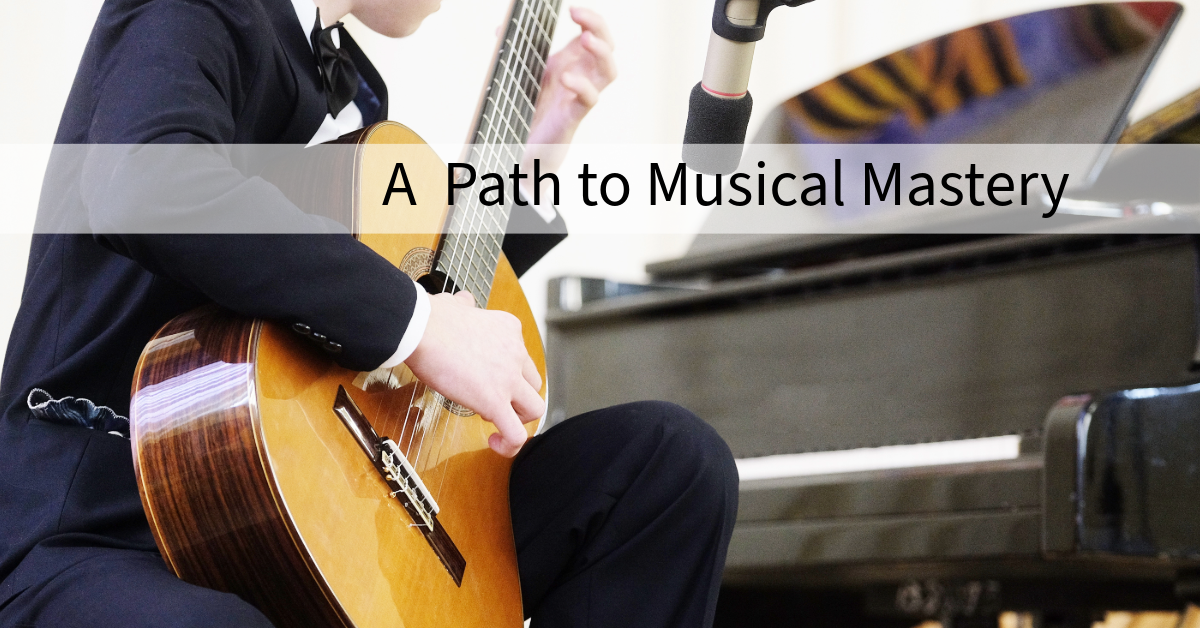
Classical Guitar Lessons Dubai
Are you thinking of starting classical guitar lessons in Dubai? You are at the right place. First we will talk about what makes the classical guitar so different and what you need to begin with. Next, why this instrument is so serious, and why the journey is so rewarding. Why Classical Guitar Deserves Your Respect?…
-

1st International Classical Guitar Competition – Dubai 2025
Hosted by the Dubai International Art Centre | Sponsored by Sadek Music Centre The 1st International Classical Guitar Competition – Dubai 2025 brought together young musicians, seasoned judges, and cultural leaders for a landmark event in the UAE’s artistic calendar. Hosted by Dubai International Art Centre and supported by Sadek Music Centre, the competition celebrated…
-

Guitar Exam Preparation in Dubai: Routine, Practice & Long-Term Success
Classical guitar exam preparation in Dubai comes with its own unique challenges. Many students here lead busy lives with school, work, or long commutes, and as a result, serious practice often gets delayed until the final weeks before the exam. But let me be very clear: last-minute practice is not preparation — it’s panic. And…
-

Music Theory Chapter 1, Lesson 2: Elements of the Music Note
In the previous lesson, we learned about the staff and how it provides a visual representation of the pitch and timing of musical notes. In this lesson, we’ll dive deeper into the elements that make up a musical note. There are several parts to a musical note, including the head, stem, flag, and beam. Understanding…
-
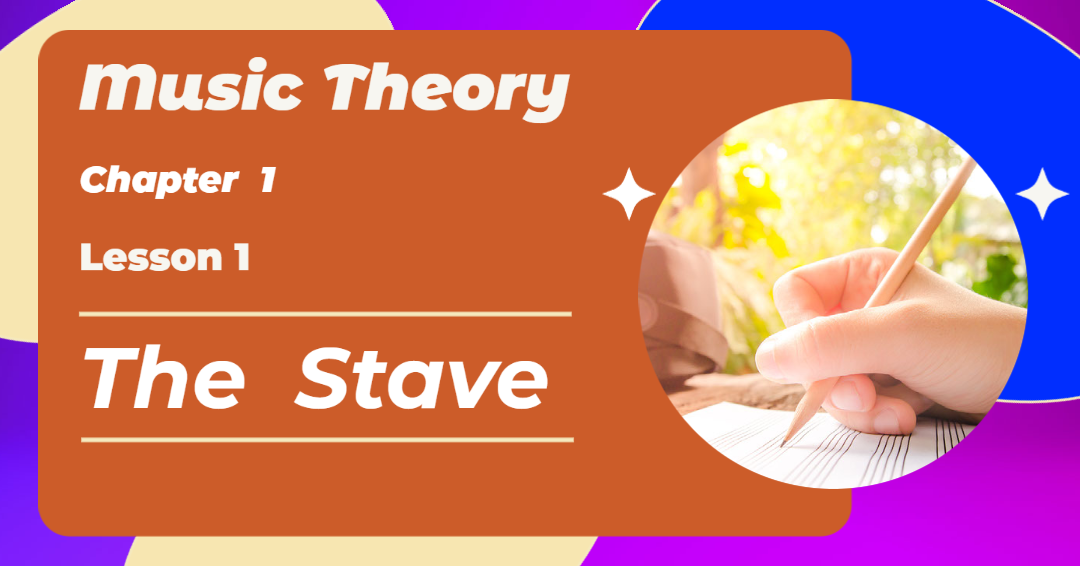
Music Theory Chapter 1, Lesson 1 – The Stave
The stave, also known as the staff, is a fundamental component of Western musical notation. It consists of a set of horizontal lines and spaces on which the music notes are placed. In this lesson, we will introduce the stave and its basic structure. The stave comprises five horizontal lines and four spaces between them.…
-

Guitar Classes in Dubai: Why Classical Guitar Exams Matter
Guitar Classes in Dubai offer more than casual learning. They guide students toward real musical growth. Classical guitar exams like ABRSM, Trinity College London, and Music Teachers Board – play a key role in that journey. These exams challenge students while giving clear structure. As a result, players improve faster and with purpose. Whether you…
-
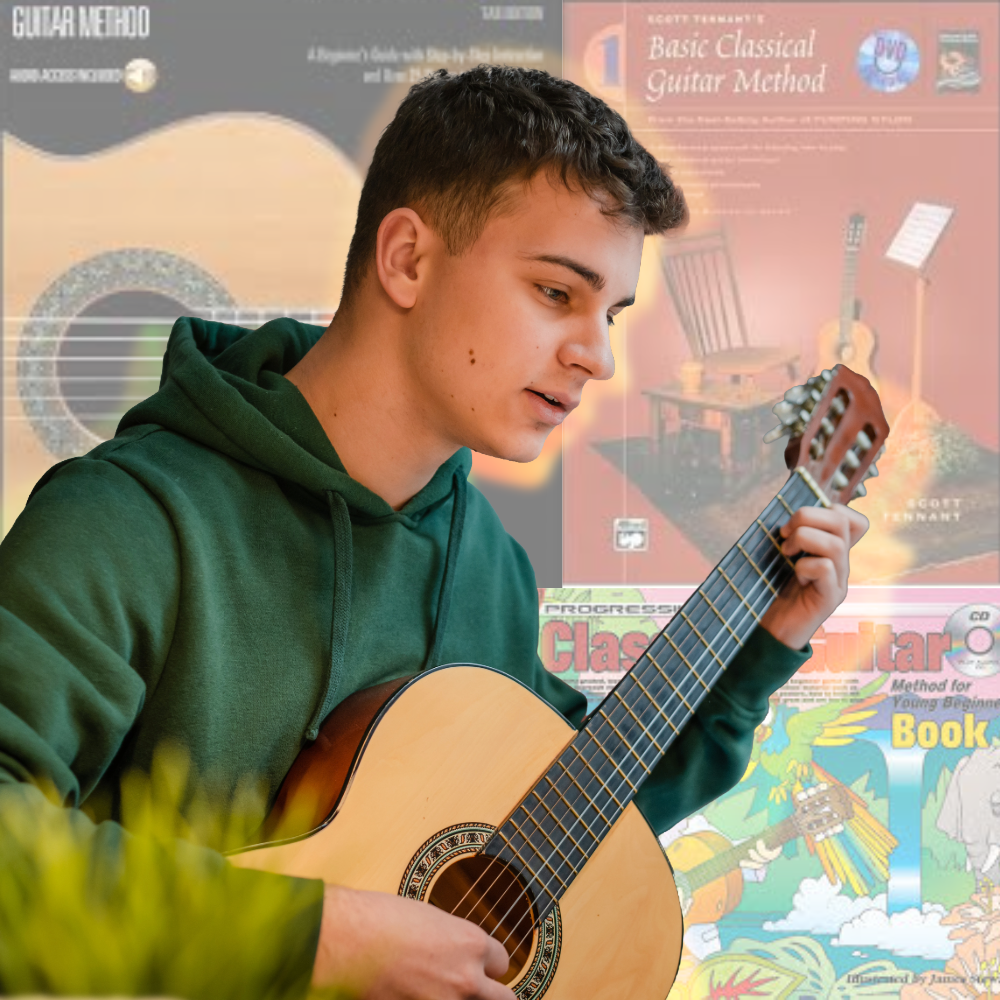
Finding the Right Beginner Guitar Book: A Part of the Individual Approach
Discover how the right beginner guitar book can shape effective guitar lessons in Dubai, helping students build confidence and progress step by step.
-
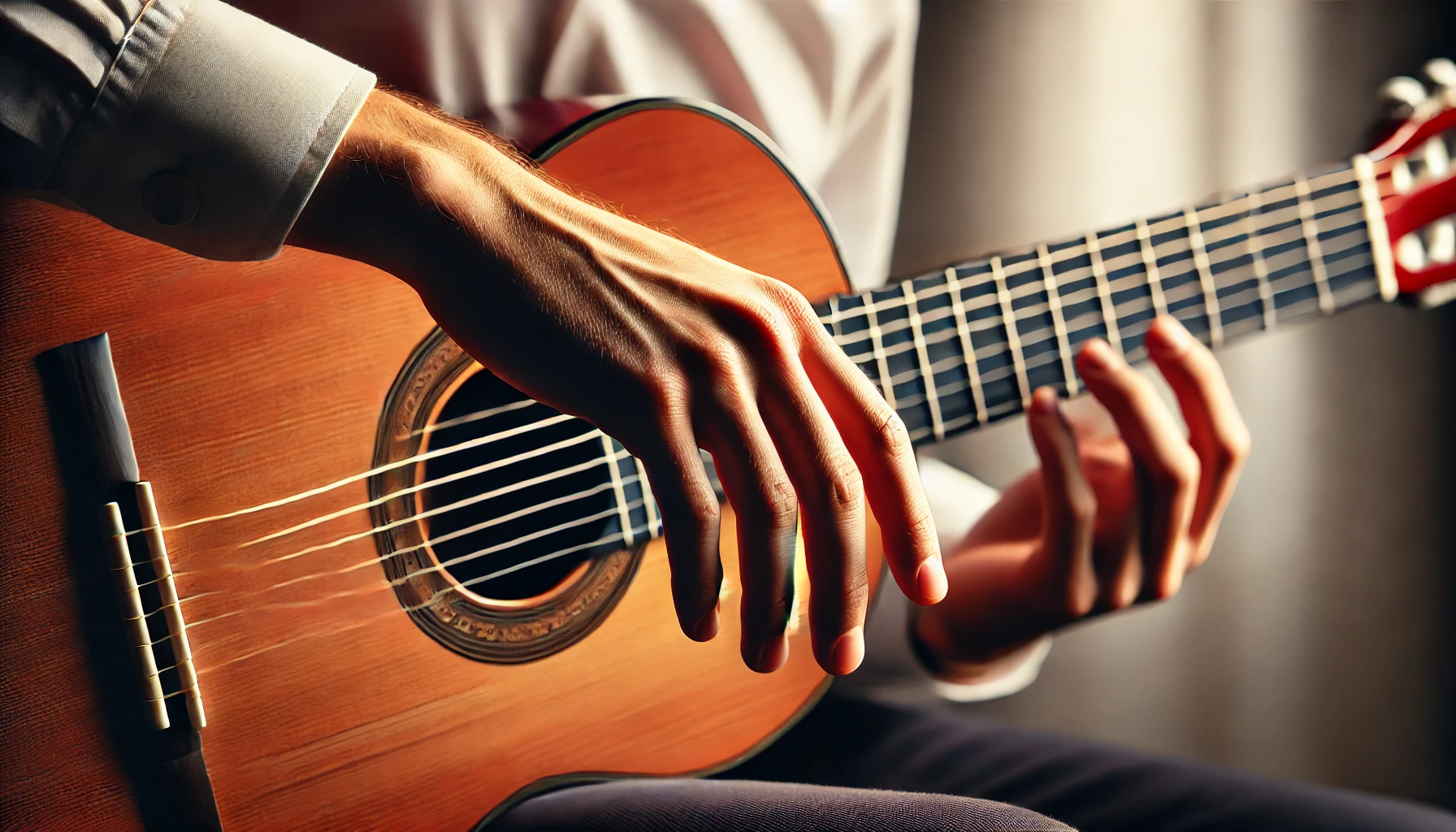
Maintaining Proper Right-Hand Posture in Classical Guitar
When learning to play classical guitar, one of the most important skills is maintaining proper right-hand posture. This simple detail shapes your tone, accuracy, and long-term comfort. Whether you are a beginner or an experienced player, paying attention to your right-hand position is essential. It is not a one-time adjustment but a daily practice. In…
-
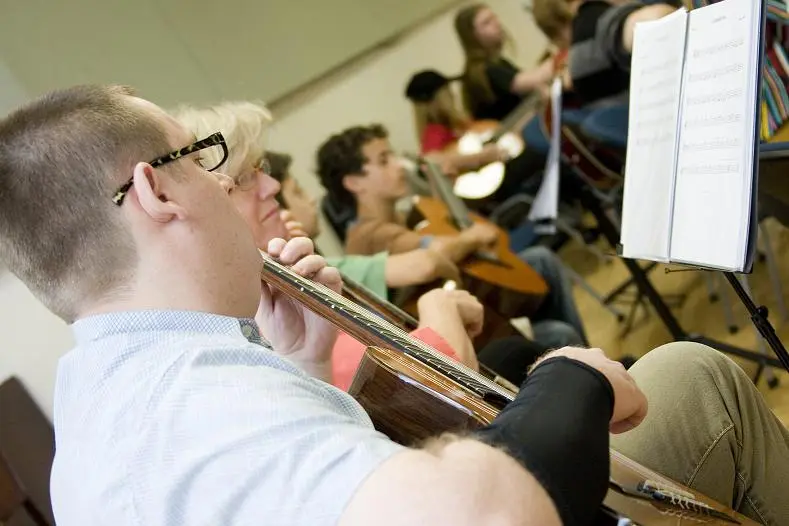
It’s Never Too Late: Why Learning Classical Guitar as an Adult Learner is Priceless and Incredibly Rewarding
Have you ever dreamed of playing the guitar but thought it was too late to start? Many adults, particularly seniors, believe learning an instrument is only for the young. However, nothing could be further from the truth. Starting classical guitar as a senior is not only possible—it’s incredibly rewarding and offers mental and physical benefits.…
-

3 things to do that will improve your guitar progress and bring back your enthusiasm.
You started your guitar lessons but it doesn’t go as you expected you don’t feel that satisfaction, you don’t enjoy it and you may be considering to quit. When you started, you ware enthusiastic and motivated but somewhere down the line you lost it. Here are 3 simple things that may help you get better…